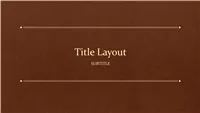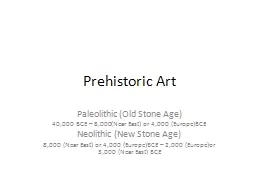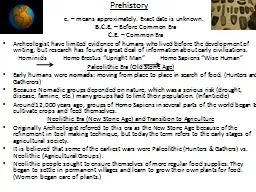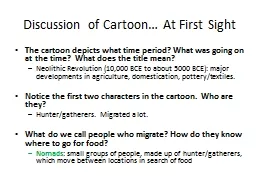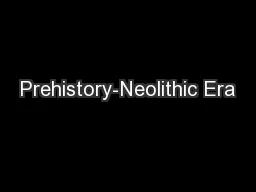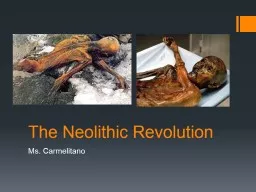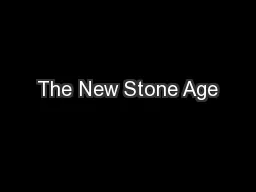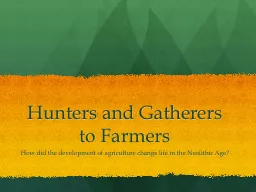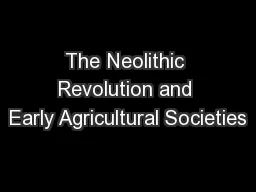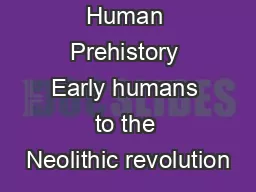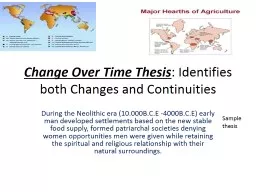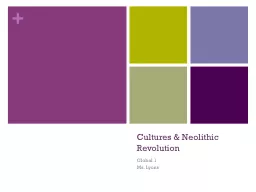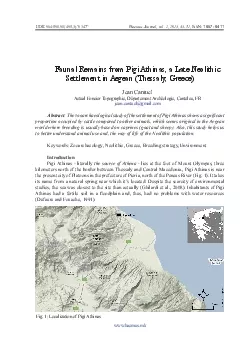PPT-Life in Neolithic Communities
Author : conchita-marotz | Published Date : 2017-06-08
Why did the Agricultural Revolution Occur Obvious advantages Climate change leads people to abandon hunting and gathering in favor of agriculture or pastoralism
Presentation Embed Code
Download Presentation
Download Presentation The PPT/PDF document "Life in Neolithic Communities" is the property of its rightful owner. Permission is granted to download and print the materials on this website for personal, non-commercial use only, and to display it on your personal computer provided you do not modify the materials and that you retain all copyright notices contained in the materials. By downloading content from our website, you accept the terms of this agreement.
Life in Neolithic Communities: Transcript
Download Rules Of Document
"Life in Neolithic Communities"The content belongs to its owner. You may download and print it for personal use, without modification, and keep all copyright notices. By downloading, you agree to these terms.
Related Documents

